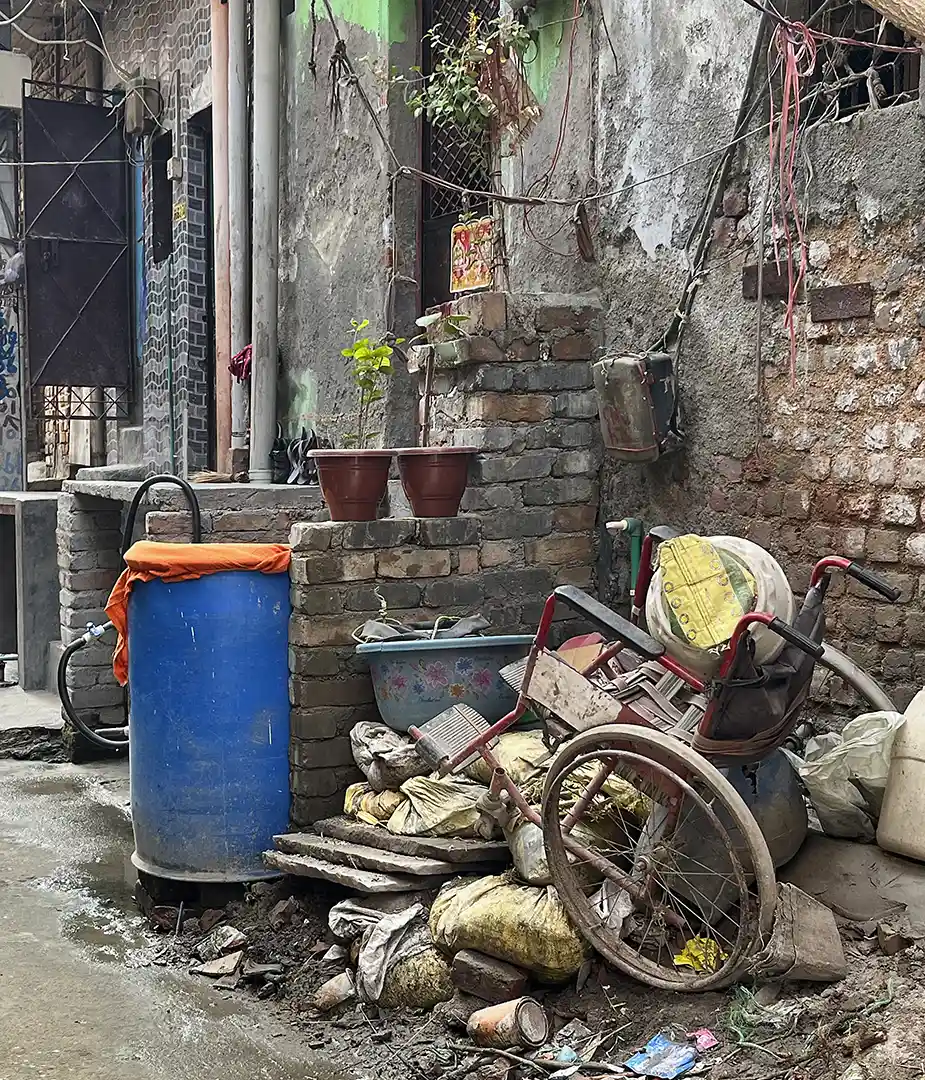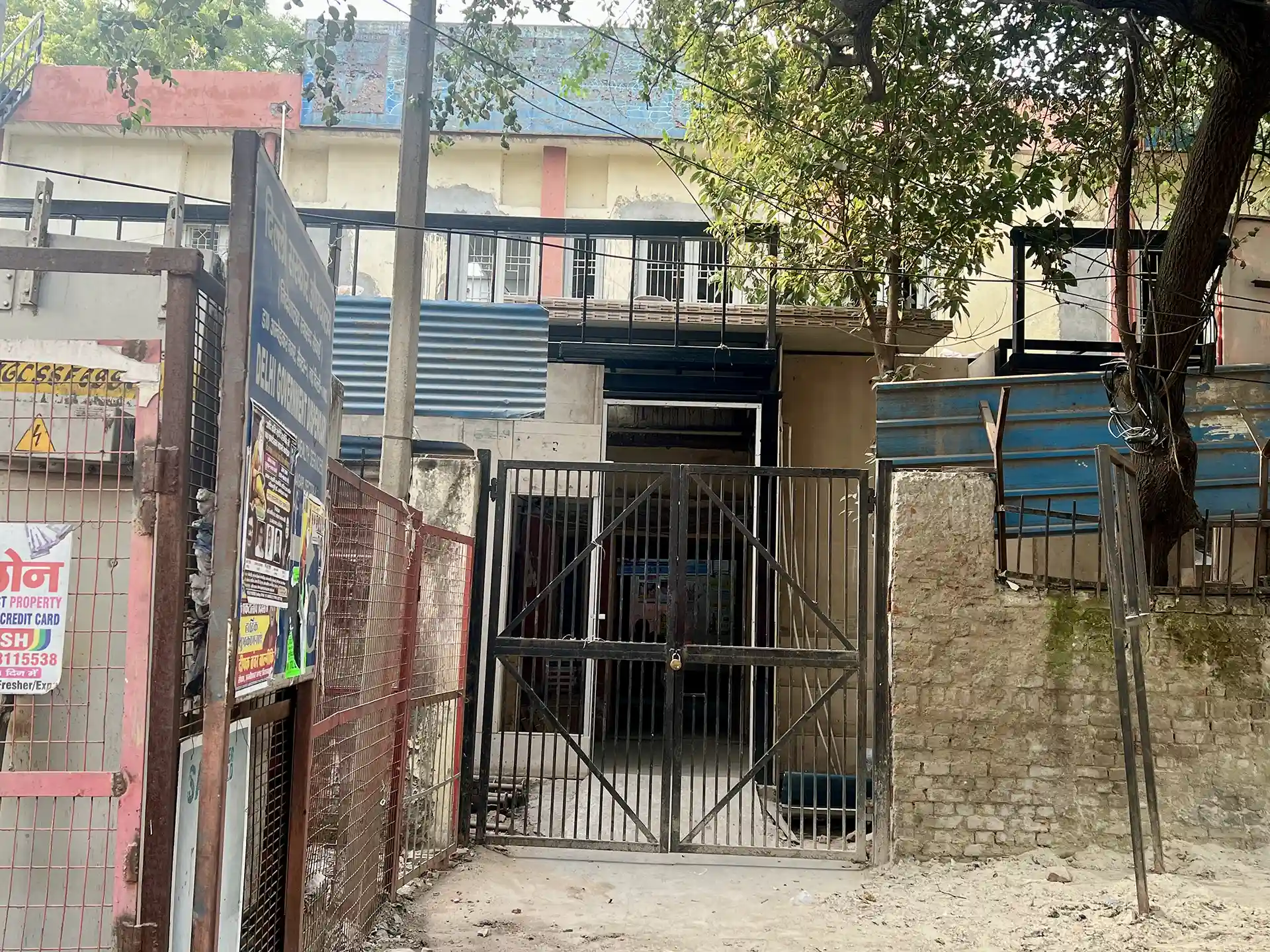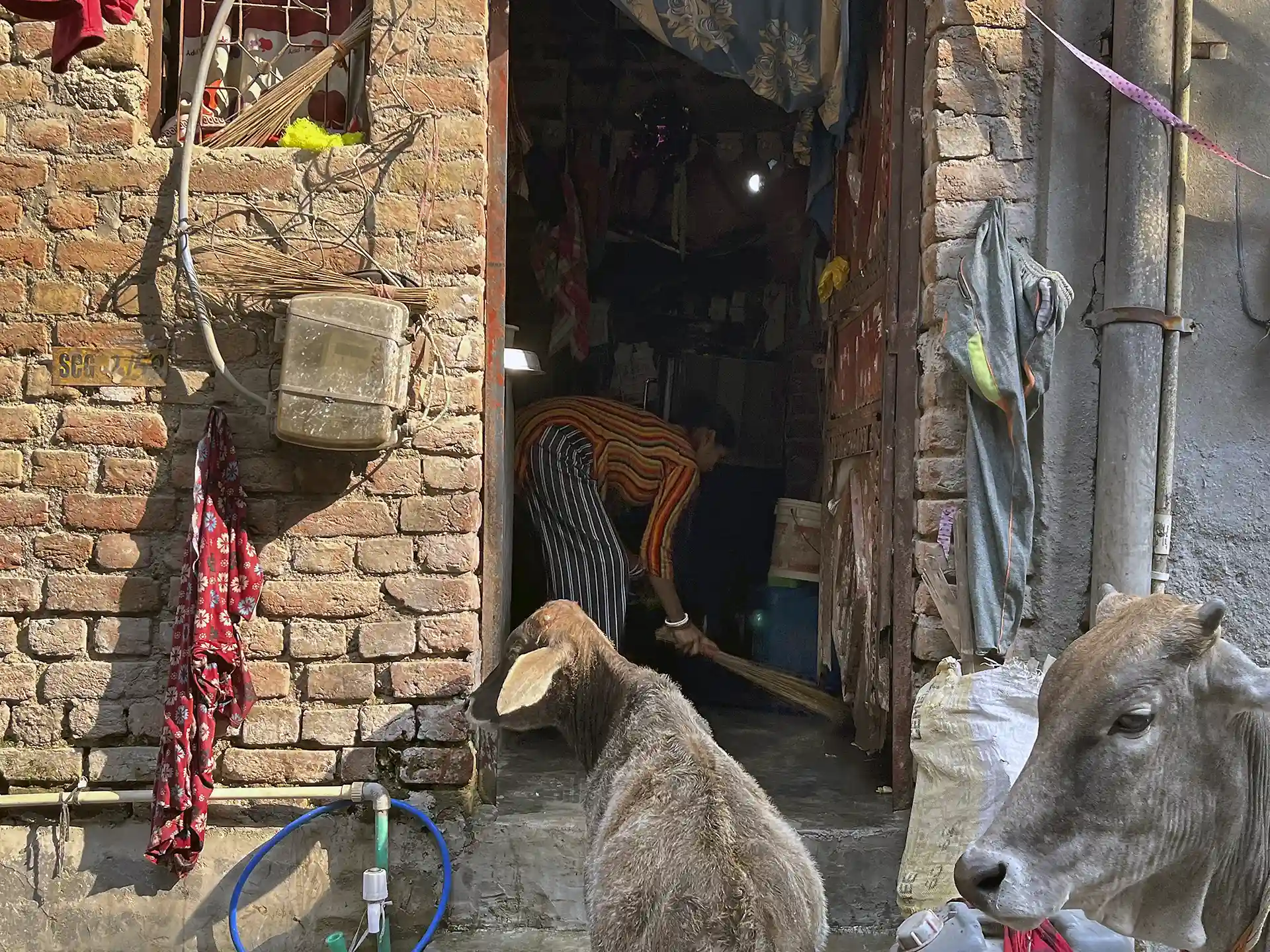दिल्ली का मजदूर वर्ग और स्वास्थ्य सेवाएं।
Health & the working class of Delhi
‘बेटिकट मुसाफ़िर’ के इस अध्याय में हम उन कहानियों से रूबरू होंगे, जो यह बताती हैं कि क्या होता है जब दिल्ली मे कोई मज़दूर बीमार पड़ता है! उसके परिवार वालों पर क्या बीतती है! लेकिन उसके पहले हमें यह समझना होगा कि हम लोग किसको बीमार मानते हैं। जब तक पैरों पर खड़े हैं, काम कर रहे हैं… तब तक कोई बीमारी नहीं है। बिस्तर से न उठ पाने की हालत जिस दिन हो, उस दिन हम बीमार हैं। वैसे तो गोली खाकर गाड़ी चल जाती है। वरना जितने दिन मज़दूर अपने आपको बीमार पाते हैं—उतने दिन काम नहीं, रोज़गार नहीं, घर में फ़ाक़े। गंभीर बीमारी जब किसी को लग जाती है, तब पूरा घर मानों एक अंधे कुएँ में ढकेल दिया जाता है। एक बीमारी वह भी है जो शारीरिक नहीं होती, लेकिन जब हो जाती है; तब अपने साथ कई बीमारियाँ ले आती है—शारीरिक और मानसिक दोनों। युगों से चली आ रही इस लाइलाज बीमारी का नाम है—ग़रीबी।
In this chapter of the “Ticketless Travellers”, we will come face to face with stories which share what happens when an ordinary labourer falls ill in the city of Delhi. What do they do? What does their family go through? However, we first need to understand what is meant by being ill. As long as we are on our feet and working, we aren’t ill. The day we take to our beds, we fall ill. Usually, we get by with popping a pill. Otherwise, on days we when we are ill, we can’t work, there are no wages and our family goes hungry. When we fall critically ill, then it seems like the entire family is pushed into a bottomless well – this isn’t a physical phenomenon, rather it is one induced by poverty.
Adapted for the Website from, “Illness, Patients and Cure”
by the Ankur Writers Collective
बड़े अस्पताल
Big Hospitals
लंबी बीमारी गहरी जेब की माँग करती है! आपकी जेब गहरी नहीं तो इलाज के लिए किसी न किसी बचत में कहीं न कहीं सेंध लग जायेगी। सरकारी अस्पतालों में सब कुछ मुफ्त नहीं मिलता – दवाएँ नहीं मिल पातीं, सारे टेस्ट नहीं हो पाते। और लगातार आते रहना अतिरिक्त ख़र्च बढ़ाता है। गाँव वाले इलाज में खेत बेचते हैं पर शहर में बिना बचत के लोग आधा-अधूरा इलाज करवाते हैं। इंसान चल-फिर लेता है, तो हम उसे भला-चंगा मान लेते हैं!!!
Long term illnesses require deep pockets. If your pockets aren’t deep enough, then treatments can gobble up all your savings or plans for your future. Even though treatment is free in government hospitals, we still end up buying medicines or paying for tests which are done privately. Repeated visits to the hospital further eat up our limited resources. People from villages often sell their farmlands, but the urban poor with their meagre savings can’t even do that and end up cutting short their treatment. In such a situation, those who are able to move, are considered healthy!
स्थानीय क्लिनिक
Local Clinics
हमारी बस्ती में प्राइवेट और पब्लिक स्वास्थ्य सेवाओं का नज़ारा उभरता है। प्राइवेट वाले मज़बूत से मज़बूततर होते जा रहे हैं – देखते-देखते नर्सिंग होम अब हॉस्पिटल बन गए हैं। पर डिस्पेंसरी जस का तस। इस पर तमाम दबाव। भीड़ बढ़ती जाती है… टीकाओं का दबाव, गर्भवती महिलाओं का इलाज, इलाक़े के ग़रीबों का इलाज। झोला-छाप इलाज भी यहीं फलता-फूलता है। नीम हकीम ख़तरा-ए-जान! इन्हीं टुकड़ों में स्वास्थ्य व्यवस्था पर बोझ की कहानी है। बोझ इसलिए भी कि यहाँ सरकारी तंत्र सिकुड़ रहा है।
In our settlement, you will see both private and publicly owned health clinics. The private facilities are growing stronger every day – those which started off as small nursing homes have grown into big hospitals. But the local government dispensary remains as it was – pressurised from all directions. The ever-increasing crowd… the pressure of vaccination, treatment for pregnant women and the treatment of the poor from all the surrounding areas. The quacks (jhola chhap) also prosper here. “A little knowledge is a dangerous thing!” The small stories we present here, speak of the burden on the government-based health infrastructure.
घरों के भीतर
Inside Homes
दिल्ली के कामगार इलाकों के घर अकसर छोटे छोटे होते हैं। खिड़कियां कम और धुंधलका ज़्यादा। लेकिन लोग इस बीच बड़ी सूझ- बूझ से अपने जीवन को समेट और सहेज कर रखते हैं। इसी प्रकार जनम, जीवन और मौत का पहिया लगातार घूमता रहता है।
Homes in Delhi’s working-class areas are often small. Few windows and deeper shadows. Amidst this, people have arranged their lives with great skill and care. This is how the cycle of life rotates continuously between birth and death.



